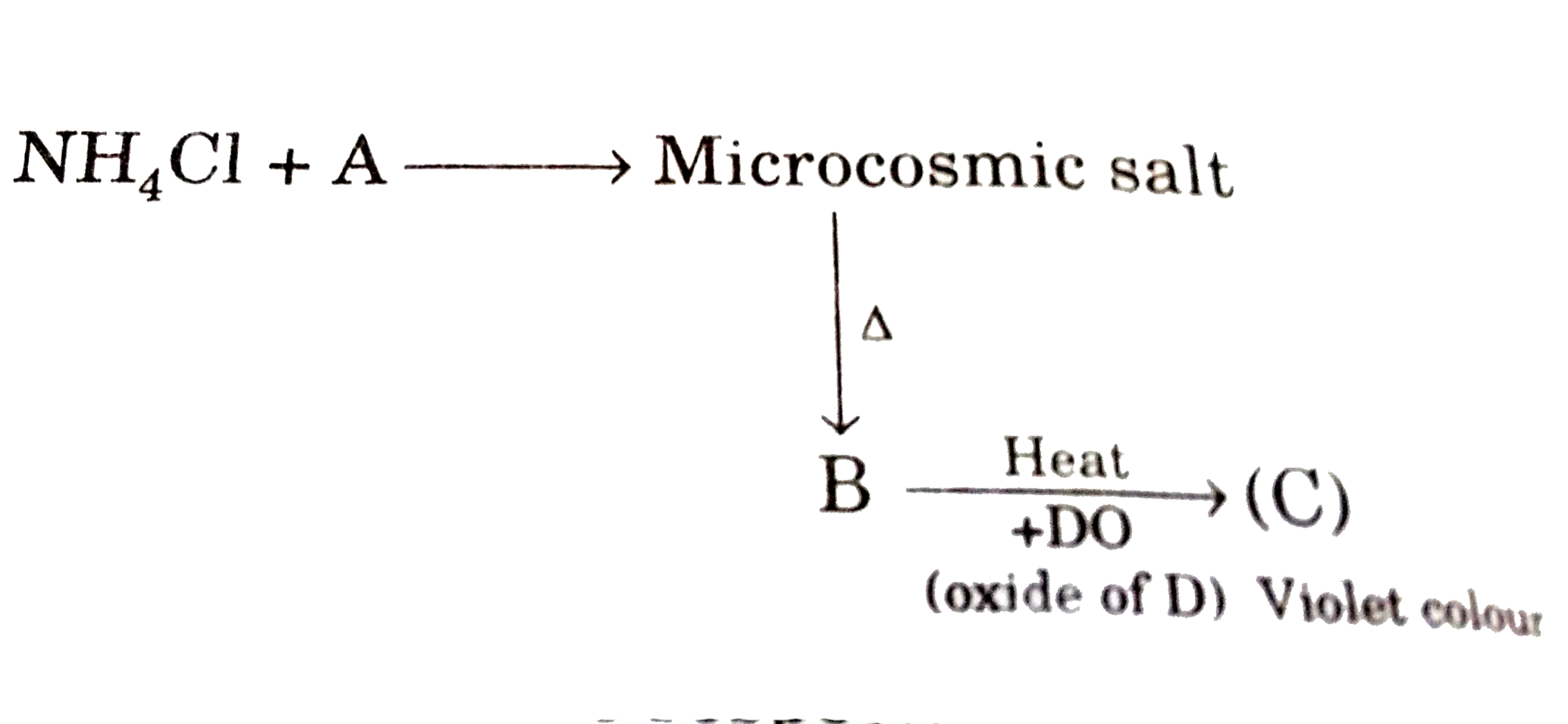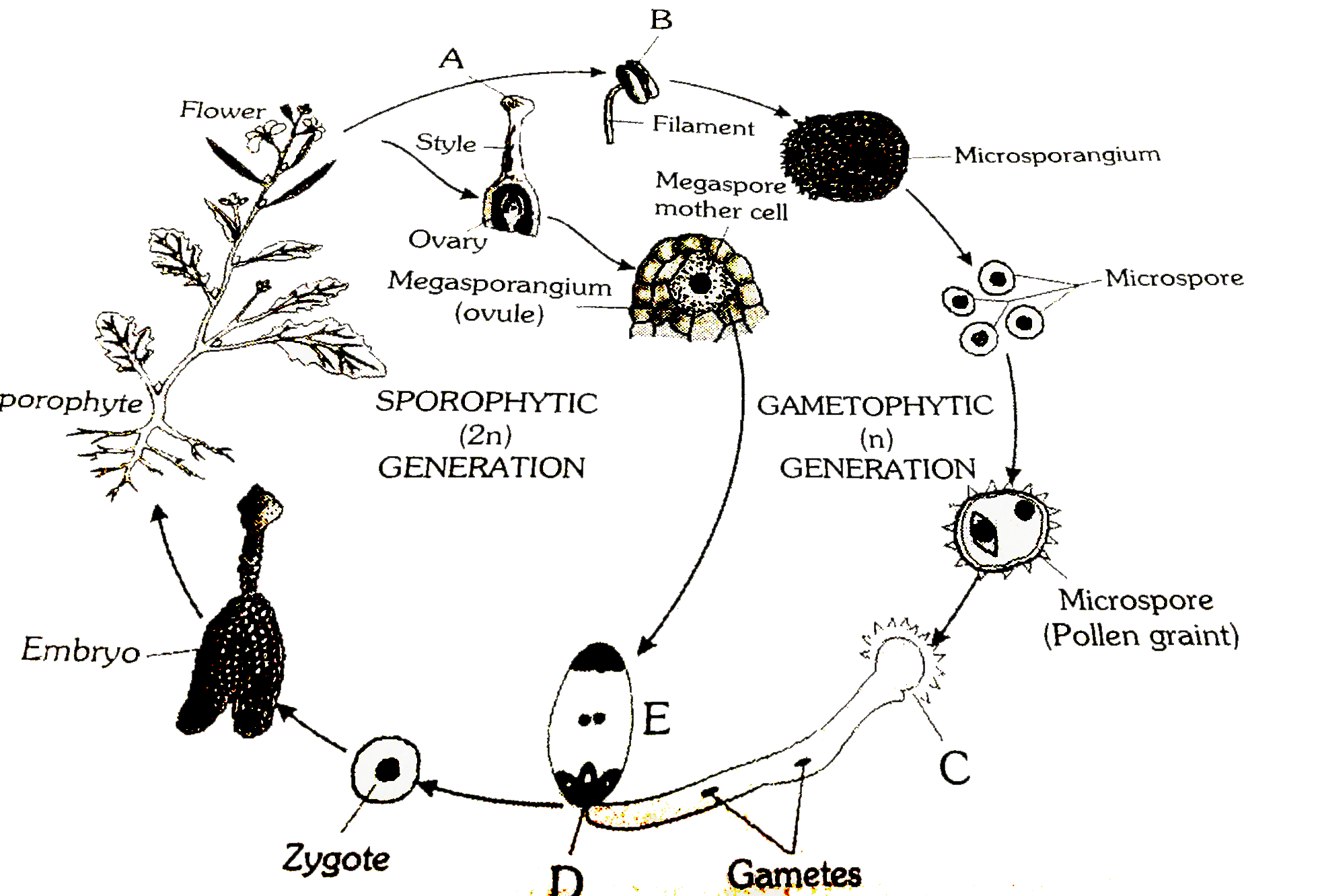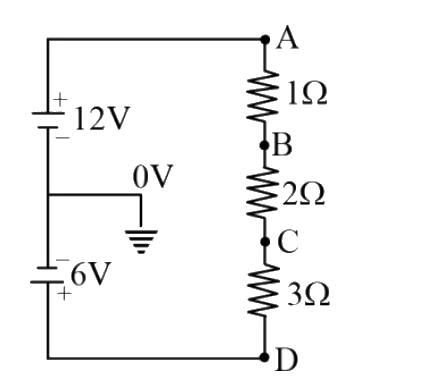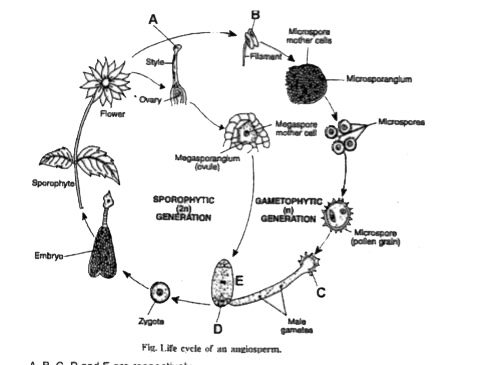
A,B, C and D are respectively:
Na2PO4,NaPO3,MnNaPO4,MnO
Na2HPO4,NaPO3,MnNaPO4,MnO
Na3PO4,NaPO3,CuNaPO4,CuO
Na2HPO4,NaPO3,CuNaPO4,CuO
The correct Answer is:B
NH4CI+Na2HPO4→Na(NH4)HPO4 (A) ↓ΔNaPO3MnO−−→NaMnPO4(B)
Topper's Solved these Questions
- BOOK - GRB PUBLICATIONCHAPTER - SALT ANALYSISEXERCISE - C.Class- A Subgroup-I-Acidic Radicals50videos
SALT ANALYSIS
- BOOK - GRB PUBLICATIONCHAPTER - SALT ANALYSISEXERCISE - D.Class-A Subgroup-II Acidic Radicals39videos
SALT ANALYSIS
- BOOK - GRB PUBLICATIONCHAPTER - SALT ANALYSISEXERCISE - Subjective Type69videos
SALT ANALYSIS
- BOOK - GRB PUBLICATIONCHAPTER - S BLOCK ELEMENTSEXERCISE - SUBJECTIVE TYPE9videos
S BLOCK ELEMENTS
- BOOK - GRB PUBLICATIONCHAPTER - THERMODYNAMICSEXERCISE - All Questions704videos
THERMODYNAMICS
Similar Questions
Knowledge Check
- Question 1 - Select One
A transition metal A has 'spin-only' magnetic moment value of 1.8 Bm. When it is reacted with dilute sulphuric acid in the presence of air, its compound B is formed. B reacts with compound C to give compound D with the liberation of iodine. Then the metal A and compounds B, C and D are respectively
ATi,TiSO4,KIandTiI2BZn,ZnSO4,KIandZn2I2CCu,CuSO4,KIandCu2I2DCu,CuSO4,Cu2I2andCuI2 - Question 2 - Select One
A Na+ alcohol −−−−−−−−→BHNO2−−−→C2H5−OH+C+D Here A, B, C , D are respectively
ACH3−CN,CH3−CH2NH2,N2,H2OBCH3−CH−N−OH,CH3−CH2−NH2,H2,N2CCH3−CH=N−OH,CH3−CH2−NH2,N2,H2ODboth ( a) and ( c) - Question 3 - Select One
In the circuit diagram shown in figure, the potentials of the points B, C and D are respectively.
 A12V,10V,6VB11V,9V,6VC11V,9V,0VD12V,10V,0V
A12V,10V,6VB11V,9V,6VC11V,9V,0VD12V,10V,0V
See the following figure and identify A, B, C, D and E are respectively
 View Solution
View SolutionKc for A+B⇔C+D is 10 at 25∘C. If a container contains 1, 2, 3, 4 mol/litre of A, B, C and D respectively at 25∘C, the reaction shell proceed:
View SolutionKc for A+B⇔C+D is 10 at 25∘C. If a container contains 1, 2, 3, 4 mol/litre of A, B, C and D respectively at 25∘C, the reaction shell proceed:
View SolutionKc for A + B ⇔C+D is 10 at 25∘C. If a container contains 1, 2, 3 and 4 mol per litre of A, B, C and D respectively at 25∘C, then
View SolutionThe present ages of A, B, and C are in the ratio of 8:14:22 respectively. The present ages of B, C and D are in the ratio of 21:33:44 respectively. Which of the following represents the ratio of the present ages of A, B, C and D respectively? 12:21:36:44 b. 12:21:33:44 c. 12:22:31:44 d. cannot be determined e. none of these
View Solution



